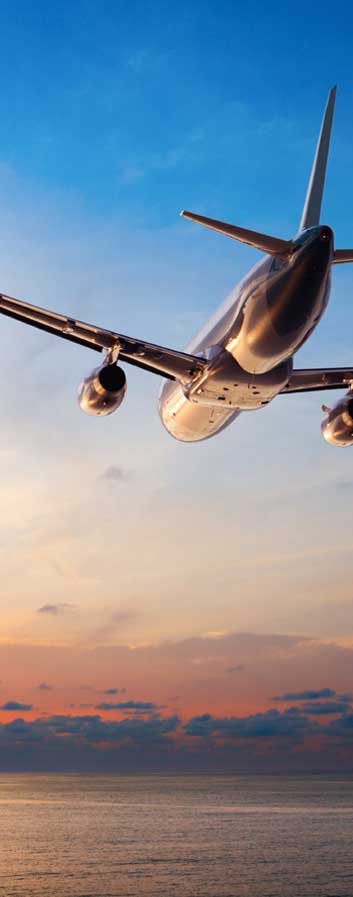Royal Palace Museum
Set in a spacious, well-tended garden just off one of Luang Prabang’s main boulevards (Thanon Sisavangvong), you will find the fascinating Royal Palace Museum, which is also known as Haw Kham. The museum is well worth a couple of hours of your time if you want to learn more about Lao history and culture.
Although the current main building dates from the early 20th century, the exhibits stretches back several centuries to trace the turbulent past of the Lane Xang kingdom and the colonial era, through to the present day. Originally the residence of the king, the museum was designed in the French Beaux-Arts style, with many tasteful accents of traditional Lao culture.
When the communists came to power in 1975, they took over the palace and sent the royal family to re-education camps. The palace was converted into a museum that was opened to the public in 1995 after careful renovation, and remains in good condition. The grounds contain a number of other buildings including a new exhibition hall and a chapel (Haw Prabang), and a statue of King Sisavangvong. You can take excellent photos of the museum compound from the Mount Phousi steps that descend to Thanon Sisavangvong.
• The museum used to be a Royal Palace, which was built in 1904 for King Sisavangvong after the previous palace was destroyed by invaders in 1887.
• The royal apartments have been faithfully preserved, and offer a fascinating glimpse into the lifestyle of the king and his family.
• The exhibits include royal religious objects, weapons, statues, screens and paintings from centuries past.
• In the mirrored Throne Hall, you can see the crown jewels of Laos.
• Make sure you visit the room that features murals depicting everyday Lao life in the 1930s.
• A new pavilion houses the 2,000 year-old, 83-centimetre Prabang Buddha, which is made from solid gold.
• The garage contains the last king’s collection of cars.
• A reasonable fee is charged to visit the Royal Palace Museum.
• After paying your entrance fee you will have to leave your shoes, bags and any photographic equipment in the lockers (free of charge) before entering the exhibit halls.
• The best time to visit if you want to beat the crowds is early in the morning.
• Drama or dance performances are usually held several evenings a week at the National Theatre next door.


































